The Blue Lobelia (Lobelia puberula) is a striking perennial from the Campanulaceae family, native to the eastern and south-central United States. Known for its vibrant blue-violet flower spikes, this species is one of the most common blue-flowered varieties of the Lobelia genus in the southwestern U.S. Its stunning blooms not only add vivid color to gardens but also attract a wide range of pollinators, making it a favorite among gardening enthusiasts. This hardy perennial thrives in various garden settings and is an excellent choice for those looking to enhance their outdoor spaces with a touch of natural beauty.
| Common name | Blue Lobelia, Downy Lobelia |
| Botanical name | Lobelia puberula |
| Family | Campanulaceae |
| Species | puberula |
| Origin | Eastern and south central United States |
| Life cycle | Perennial |
| Plant type | Herbaceous Perennial |
| Hardiness zone | 4, 5, 6, 7, 8, 9 |
| Sunlight | Full Sun |
| Soil condition | Clay |
| Drainage | Well-Drained |
| Harvest time | Fall |
| Flowering period | Fall |
| Flower color | Blue |
| Leaf color | Green |
| Flower benefit | Showy |
| Garden style | Butterfly Garden |
| Uses | Meadow |
I. Appearance and Characteristics
Lobelia puberula, or downy lobelia, is a perennial herbaceous wildflower in the Bellflower family (Campanulaceae) native to eastern and south central United States. It is the most common blue-flowered Lobelia in the Southeast. It grows in mesic (moderate moisture) to hydric (moist) habitats in sun or partial shade.
Downy lobelia is a perennial herb that grows up to 2.5 ft (1 m) tall. Leaves are simple with a toothed margin. The flowers are blue to violet, five-lobed, and bloom from July to October.
Lobelia puberula is similar to two other Lobelia species in to the Eastern United States, Lobelia inflata (Indian tobacco) and Lobelia siphilitica (great lobelia); all display the characteristic “lip” petal near the opening of the flower and the “milky” liquid the plant excretes.
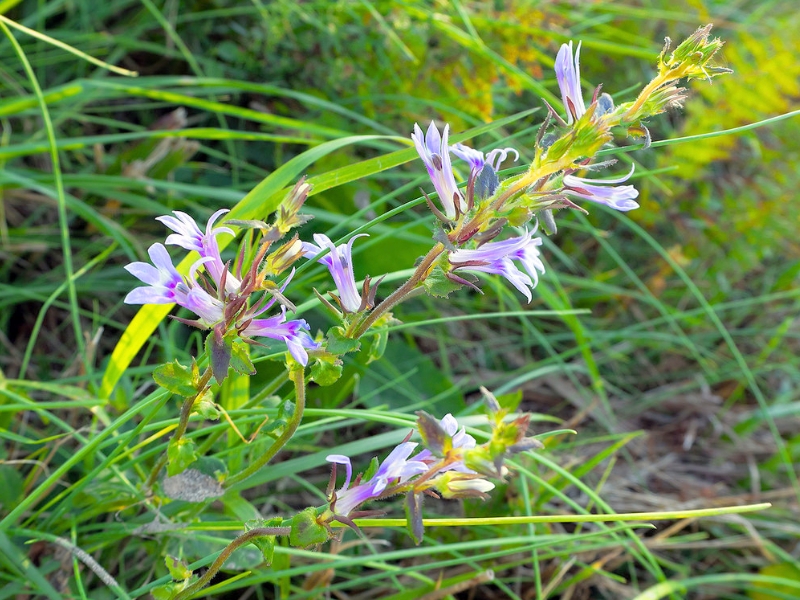
II. How to Grow and Care
Downy lobelia typically requires minimal maintenance, highlighting its adaptability to various conditions. It thrives in well-drained soil with consistent moisture; overwatering should be avoided to prevent root issues. A special care point for downy lobelia is its preference for partial shade, as excessive sunlight can lead to stress. Regular deadheading promotes further blooming. With these considerations, downy lobelia is generally an undemanding plant suited for gardeners of all levels.
Sunlight
Downy lobelia thrives best in full sun, which involves exposure to direct sunlight for at least 6 hours per day. However, downy lobelia has a moderate tolerance to lower light levels, allowing it to adapt to partial sun conditions. In these less than ideal conditions, downy lobelia’s growth may be stunted and the vibrancy of its blooms could diminish.
Adaptively, downy lobelia may exhibit certain changes such as leaf orientation or increased leaf pigmentation to maximize light absorption. Outdoors, downy lobelia should be planted in spots that receive unfiltered sunlight for the majority of the day, provided other environmental conditions are met. This optimal light exposure ensures robust growth and optimal health for downy lobelia.
Temperature
Depending on the variety, the downy lobelia can withstand winter temperatures down to 4 ℃, although it prefers winter temperatures to be around 21 ℃. Generally, both annual and perennial varieties prefer moist and damp conditions. This is especially true for young plants in their establishing period – they need constant moisture.
Watering
Originating from moist environments, downy lobelia thrives with consistent moisture, indicative of its preference for a stable water supply. This species is moderately drought-tolerant but flourishes when humidity levels mimic its natural habitat. Watering should occur once every week to maintain optimal hydration. Typically grown outdoors due to its need for environmental humidity, downy lobelia enters a pronounced growth cycle during the rainy season, leveraging the increased water availability to bolster its development.
Soil
The downy lobelia will adapt to almost every type of soil, as long as it is well-draining. Sandy, rich mixtures work especially well. It is advisable to also work some organic compost into the soil. This will enrich it and improve soil drainage. The downy lobelia prefers slightly acidic soil, with a pH ranging from 5.5-7.0.
Fertilizing
For downy lobelia, use balanced nutrition fertilizers monthly during growing season to bolster growth and flowering. Dilute to half-strength, avoiding over-fertilization, which harms downy lobelia. Seasonal variations influence needs; reduce frequency in dormant periods. Apply at the plant’s base, ensuring even soil distribution for effective uptake. Adhere to instructions, safeguarding downy lobelia’s health and environment.
Planting Instructions
The downy lobelia can easily be grown from seed. If growing indoors, sowing should be done in late winter. If growing outside, sow after winter frosts. Generally, the downy lobelia needs temperatures to be around 15 ℃ to germinate properly. It is a light germinator, so there is no need to cover the seed when sowing. Instead, gently press it into the ground, making sure that you have mixed the planting soil with compost prior to sowing. Keep the soil constantly moist during the germination process.
Pruning
The downy lobelia benefits from a trim after its first bloom – it will quickly generate new sprouts if dried blossoms are removed. In this way, flowering will continue throughout the fall. However, it is important that you don’t remove healthy foliage, as this will slow down the blooming process.
Propagation
Downy lobelia is best propagated through sowing. For successful cultivation, surface sow the small seeds on moist, well-drained soil and gently press them in, as they need light to germinate. Keep the substrate consistently moist but not waterlogged. A germination period can vary, so patient monitoring is key. Once seedlings have established, they can be carefully transplanted to their final growing location, ensuring adequate space for mature growth.
Find Where to Buy the Best Downy Lobelia (Lobelia puberula)

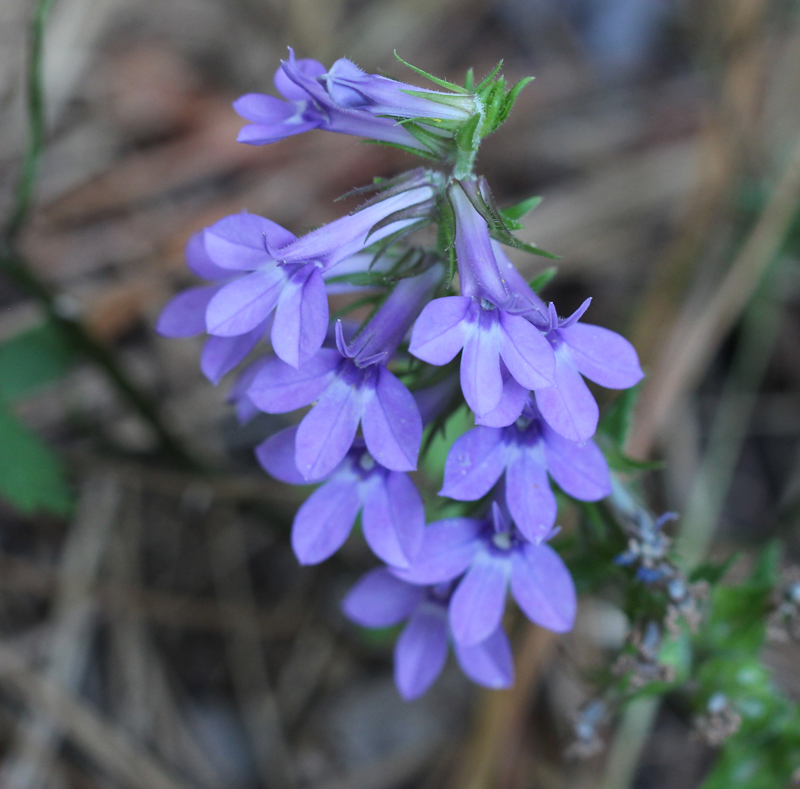


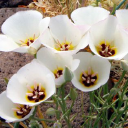
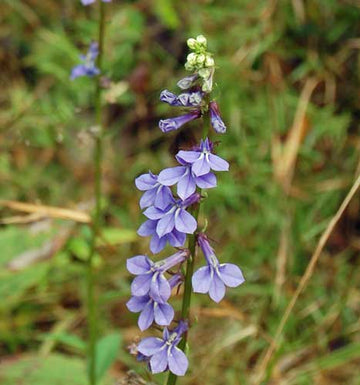

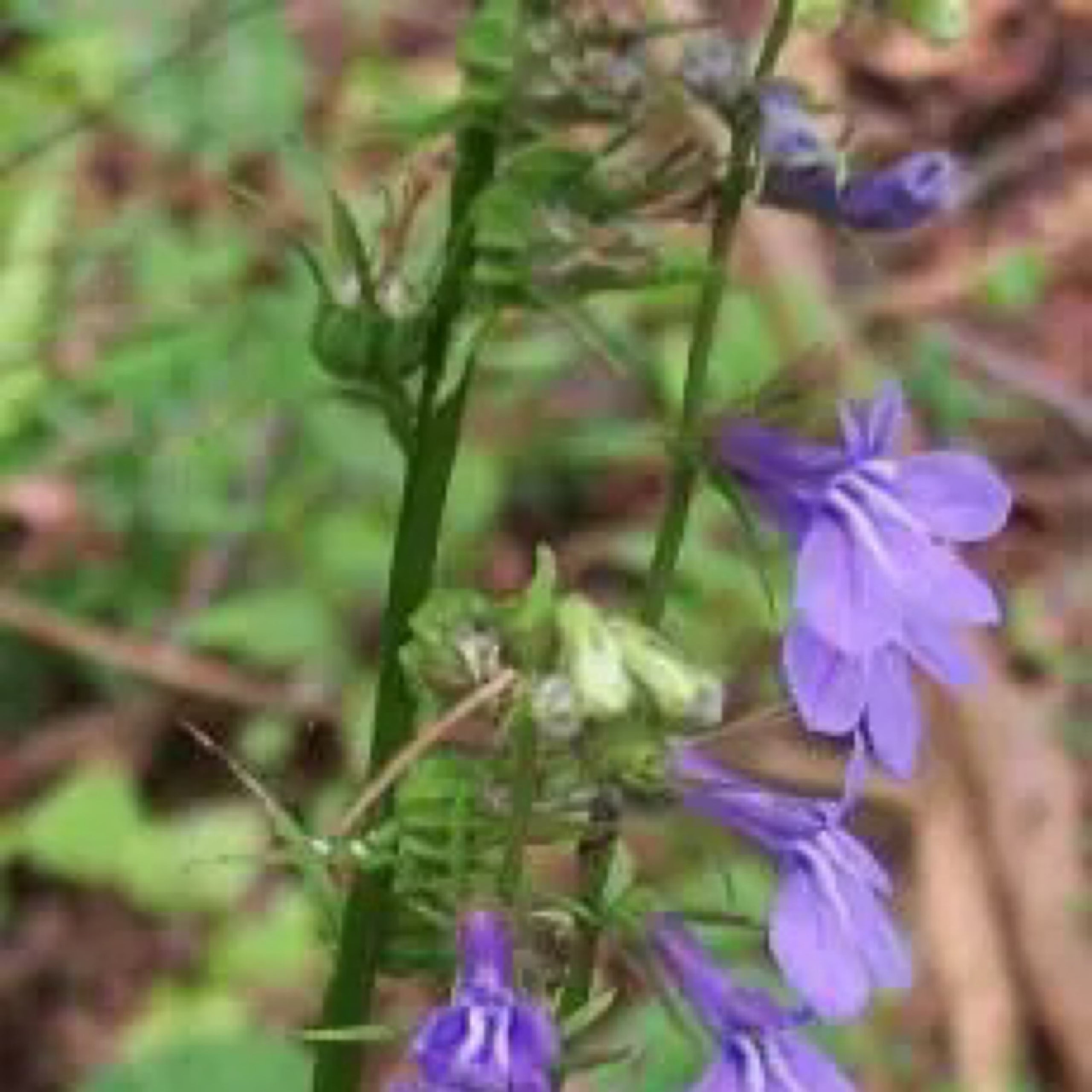


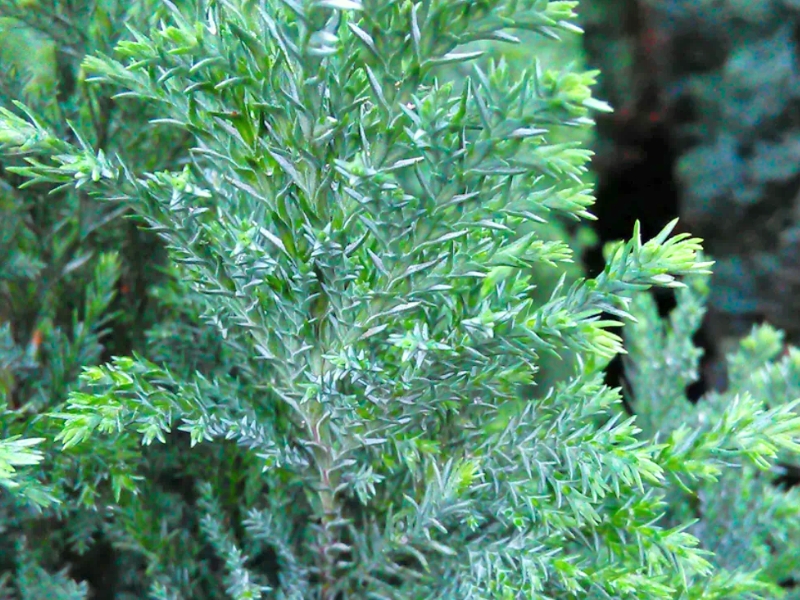

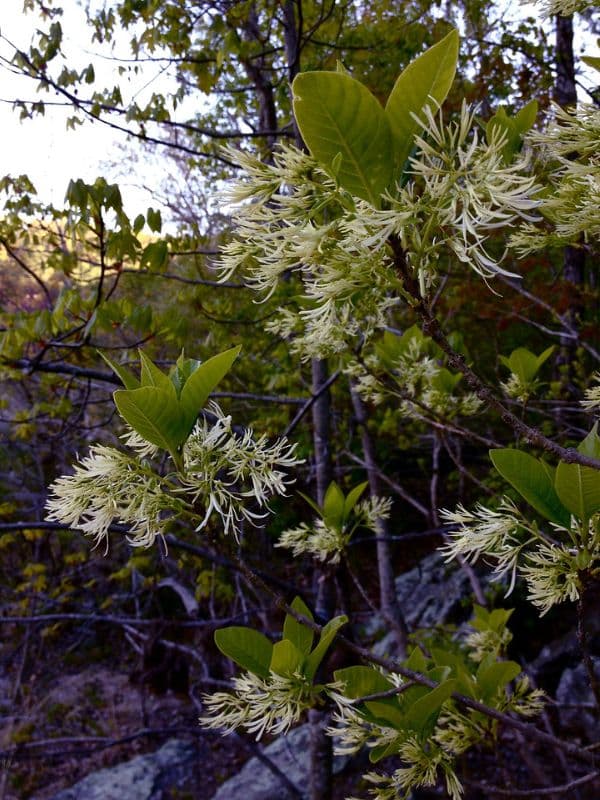
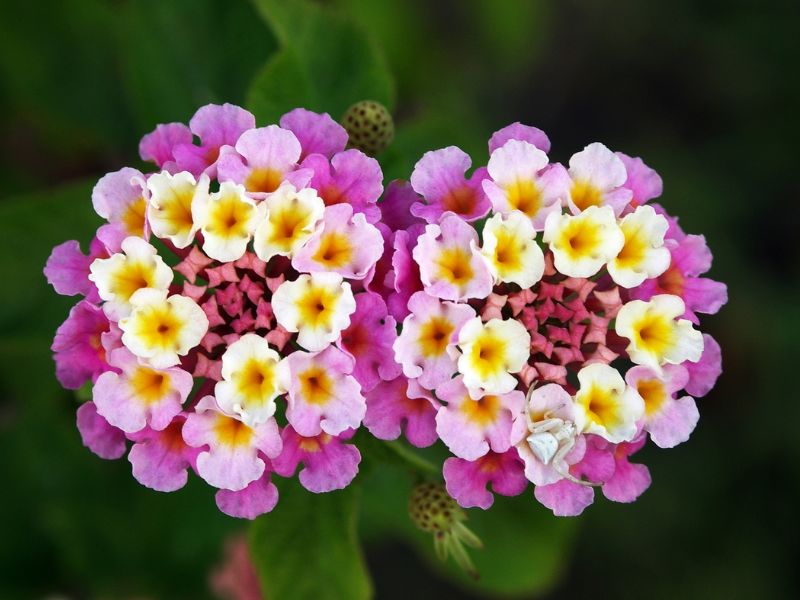
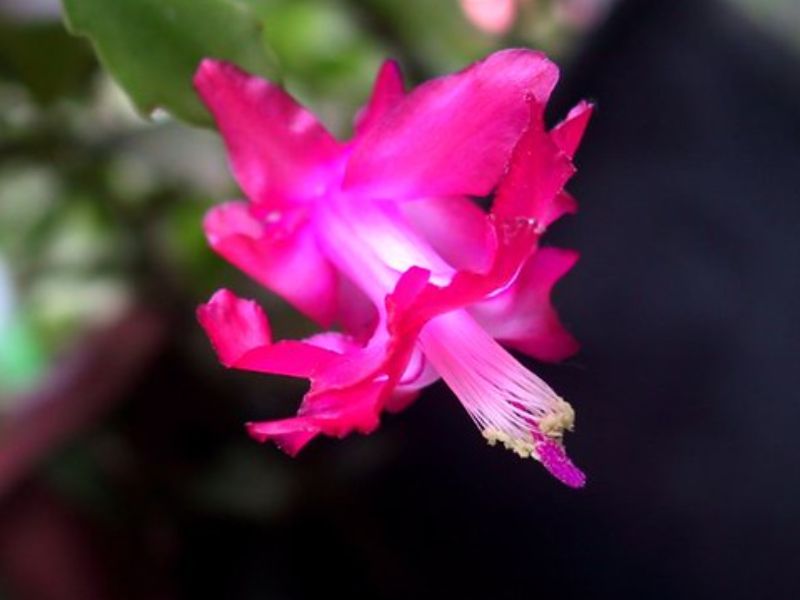
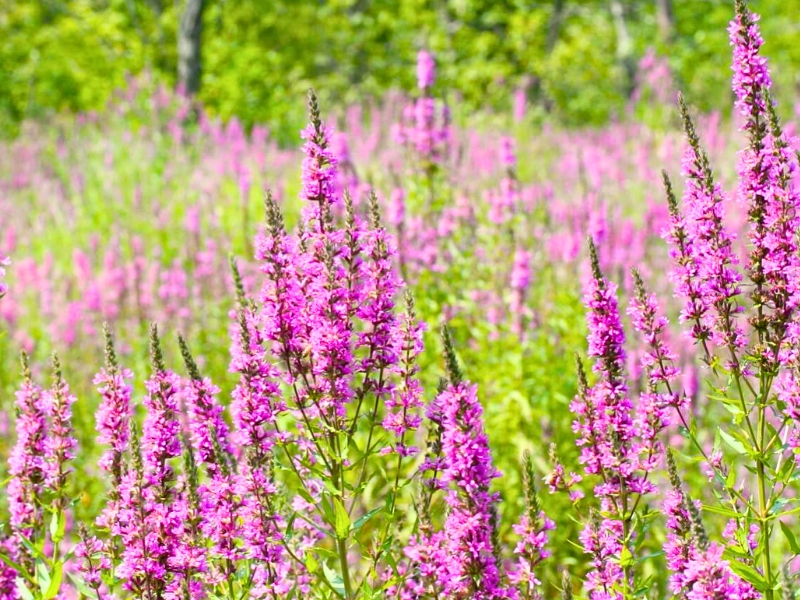
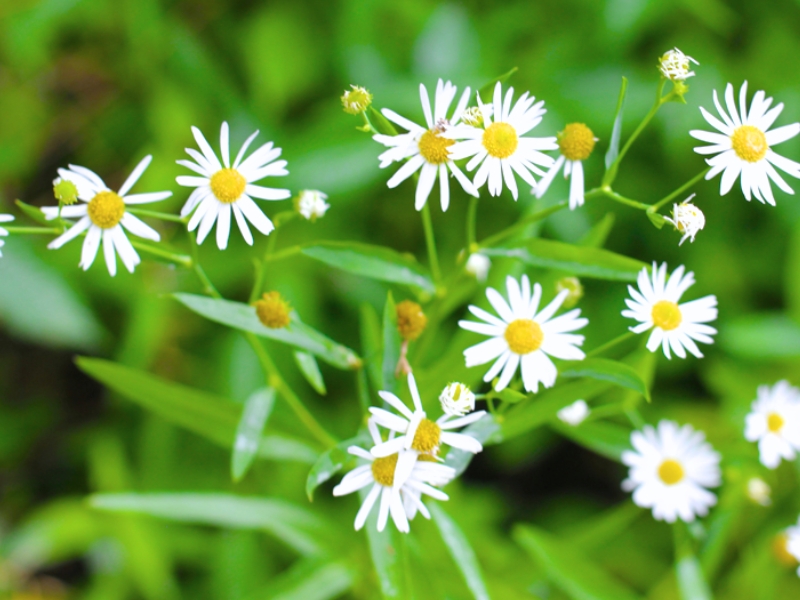
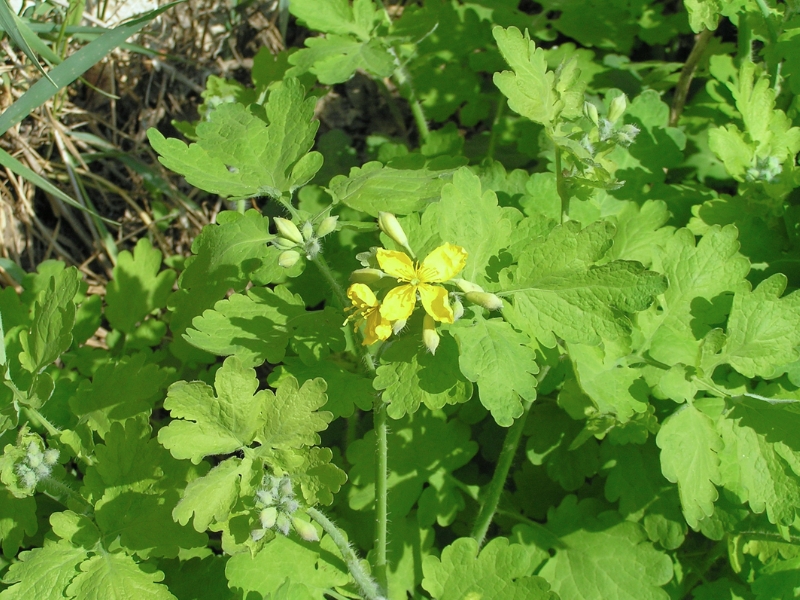
Leave a Reply